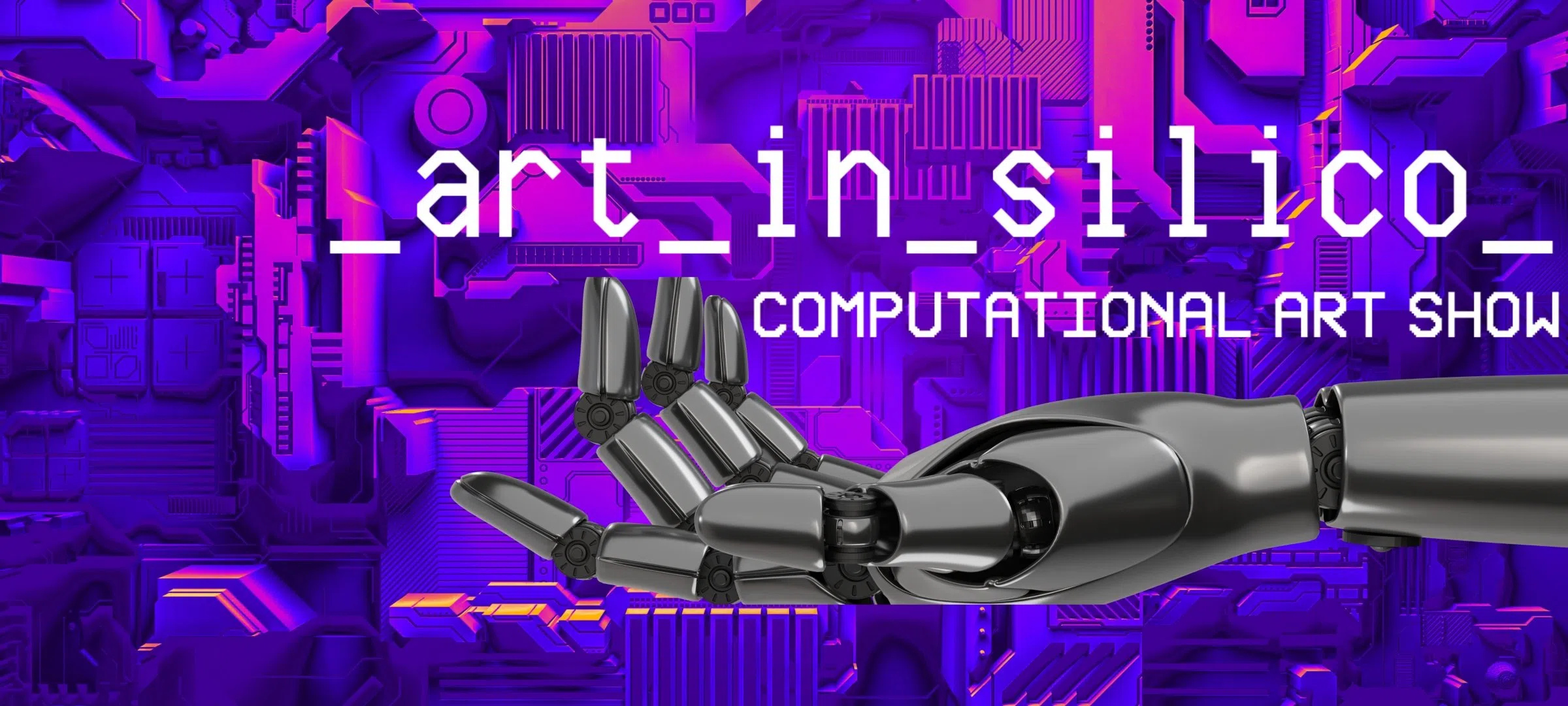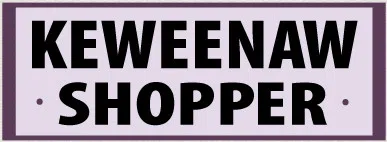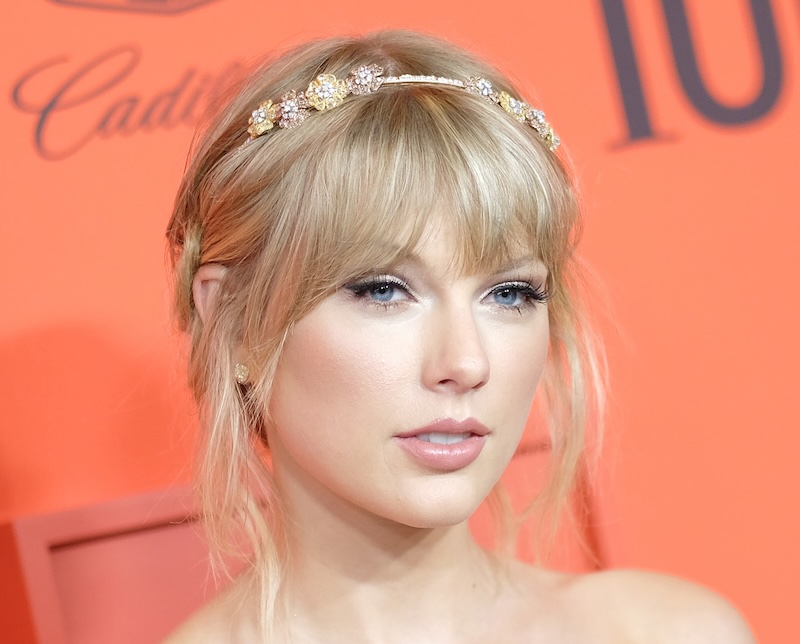Art in Silico continues to expand and explore how technology can influence art. The three-day computational art festival enters its third year in 2025. The first year of Art in Silico offered opportunities for students to work outside academia and explore the intersection between art and technology.
So that can be the spectrum of using computers to produce artwork using some kind of computational method or including computation as a theme in the artwork, all the way to using AI as a tool in the artwork. Every year, we have an AI art workshop that we deliver that explores the latest tools that are used. Artificial intelligence in producing digital artwork, if you will. Some might argue that it’s not artwork, but we like to say it’s a tool. – Tim Havens Director ICC
It has gained some international acclaim since its inception, having guests from the University of Toronto and other international technology leaders to speak during the event. This year the festival will also add to the celebration of the artist’s reception.
So we’ve always thought that art in silico would continue to grow every year. And what we’d like to see is that art in silico grows into an internationally acclaimed computational art show, where we get people from all over the world coming here to show off their artwork, and give workshops. And so every year we try to step it up and get more. International presence and so this year we were really lucky to bring in a keynote speaker named Martin Krasinski. So he’s from Canada’s Michael Smith Genome Science Center and he talked about using art and scientific visualization and data visualization. – Tim Havens Director ICC
The opening reception at the Copper Country Community Arts Center will begin at 4:30 on Thursday. The main reception at the Orpheum Theater will begin at 6 pm.
Throughout the three days, individuals can stop by the CCCAC on Quincy Street in Hancock to view student and professional computational art.
Sarah Bell will deliver a keynote address on Wednesday at 3:30 pm inside the Great Lakes Research Center.









